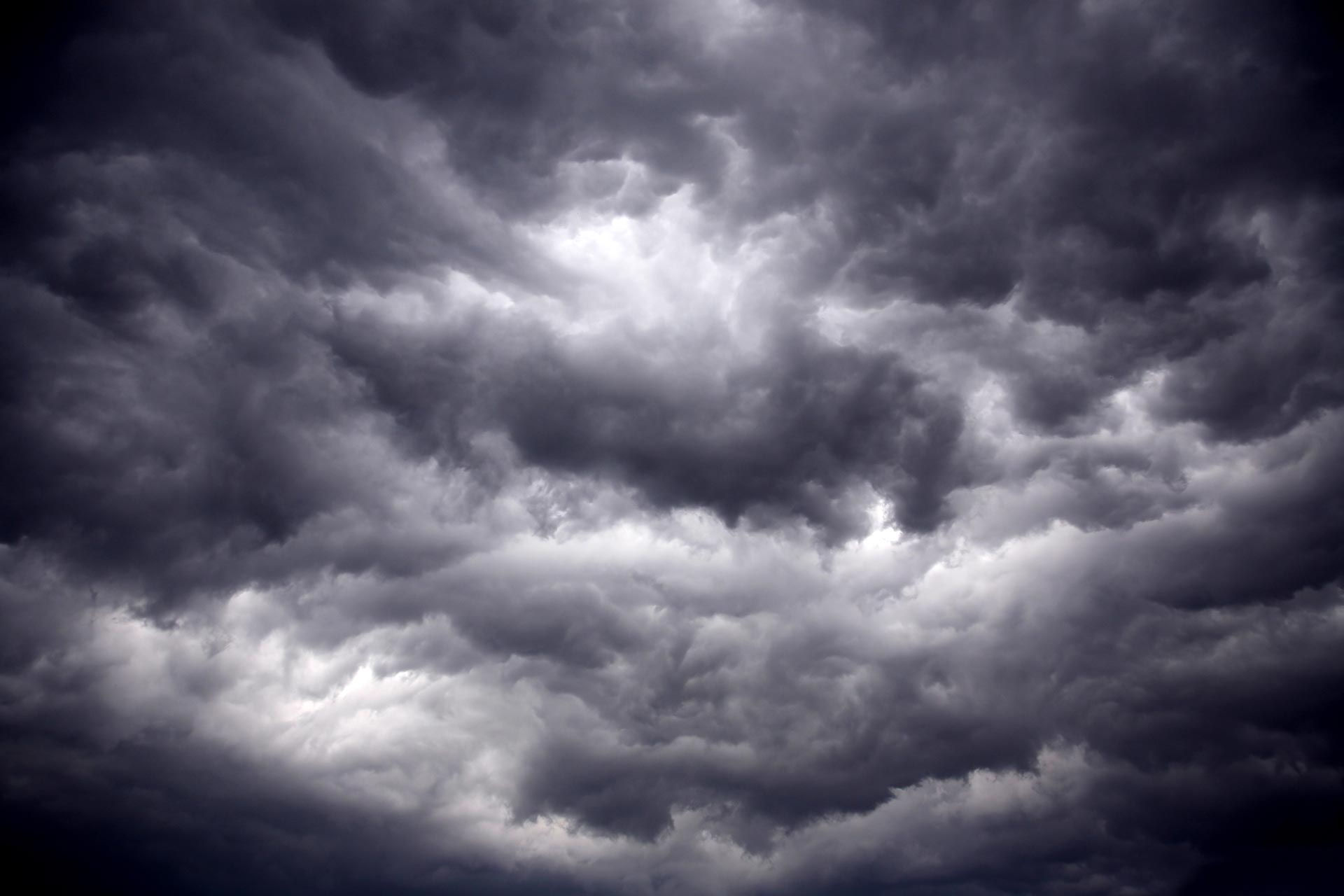WET NOVEMBERS AND WOOLLY BEARS
With half of November in the bag, we still have no snowflakes to show for what's been a very wet start to the month. Out of curiosity, I asked my weather statistician, folklore expert, and NWS cooperative observer Steve Gottschalk if he could do some research on wet starting Novembers and whether the ensuing winters were snowy. Steve went into research mode and came up with some interesting results that actually surprised me.

First, he came up with 7 Novembers that he classified as having wet starts. (Years when at least 60 percent of the month's rainfall occurred in the first 6 days). 5 of the 7 ended up with at least 44.1 inches of snow. 4 of the 5 had 55 inches or more, with 1961-62 racking up 68.8 inches. The "dog" of the bunch was 1967/68 with only 13.4 inches. Throw that year out as an outlier, and the average of the other 6 was 54 inches. Considering the average is about 39 inches, those are pretty impressive snowfall numbers. Here's the breakdown of the 7 wet Novembers and their eventual winter snow totals.
1961/62.....68.8"
1967/68.....13.4"
1971/72.....55.0"
1991/92.....44.1"
2003/04.....35.6"
1018/19.....62.6"
2022/23.....56.8"
By the way, 5 of the 7 wet Novembers had measurable snow in November. 2018 had 10.5 inches and 1971 ended up with 10.5 inches.
I'll end this little statistical foray with the summation that 6 out of 7 wet starting Novembers ended up with what I would call snowy winters, despite only 2 having measurable snow in November. So if you are into snow, there is hope we can still get our share despite having not yet seen a single flake. Not only that, the woolly bear count is over 440. Steve says that's 4 times his previous record. In the 3 years of his records going back 47 years, he's found that when more than 100 woollies were counted, snowfall averaged 56 inches. Did I mention Steve's at 442, and still counting! We'll see. Fun facts just the same.
SOME BIG CHANGES AHEAD
So much for folklore and analogs, let's get to the maps and the next storm. After what promises to be a mild, and for the most part dry weekend, rain marches back into the forecast Monday and Monday night. This is part of a significant atmospheric change that is setting up for next week. The first phase of it involves a deepening low pressure that plows a path northward from the Texas Panhandle to NW Iowa.

With the track through western Iowa, my area resides in the warm sector through much of the day Tuesday. Showers and a few thunderstorms will travel the warm conveyor belt Monday and with strong forcing and ample moisture should dump some healthy rain. By the time it comes to an end Tuesday morning, models are suggesting this for rain totals.
THE EURO

The GFS

By Tuesday night, a strong cold front sweeps across the region, turning winds strongly to the northwest and sending temperatures tumbling. Steady or even falling readings are expected, with temperatures only in the upper 30s to low 40s much of the day. The energy that blew past Tuesday eventually consolidates with additional vorticity in the base of the mean trough to develop a strong cut-off low. It looks to pass overhead Wednesday into Thursday on its way to developing a vigorous surface low in the Ohio Valley. Between the cold core low and the wrap around vorticity, there is likely to be significant instability that drives clouds and rain or snow showers. With the secondary low forming further to the east than indicated earlier in the week, it does not appear my area will experience much in the way of snow, although I think many areas will witness their first snowflakes. The ensembles of the GFS and EURO don't indicate anything more than a dusting. While that's the most likely scenario, I would not be surprised to see a few localized spots with up to an inch in stronger snow bursts, especially with 850 temperatures of -5 to -7 C. More on that as we get closer to the event.
The GFS ensemble

The EURO ensemble.

The Canadian ensemble

With a more easterly position to the upper air low, a trend that began to manifest itself 36 hours ago, the cold, while significant, won't be as sharp as it appeared earlier in the week. That said, readings will be 20–25 degrees colder than what is felt to start the coming week. Take a look.

Well, I'm going to call it for now. Time to play tag with the woolly bears. Have a terrific weekend and roll weather...TS
SANTA'S SECRET 5-STAR STOP....
Explore our new website and take advantage of our hot holiday deals!













Comments